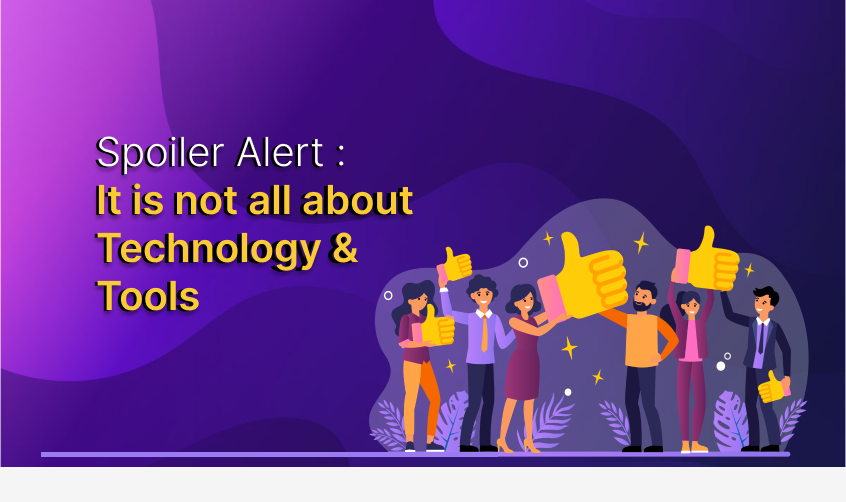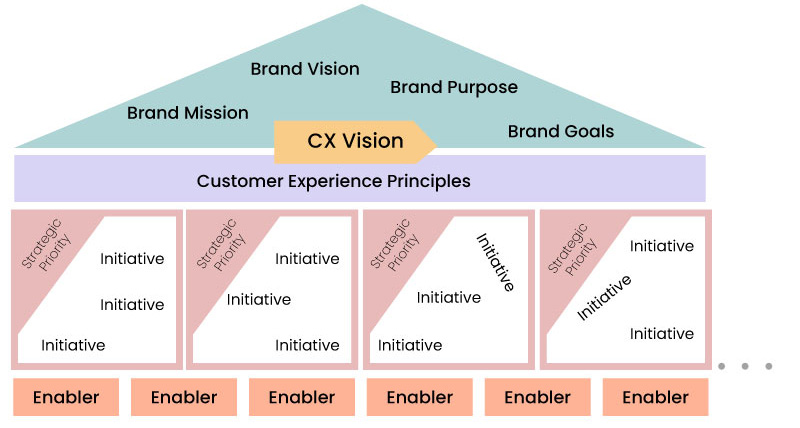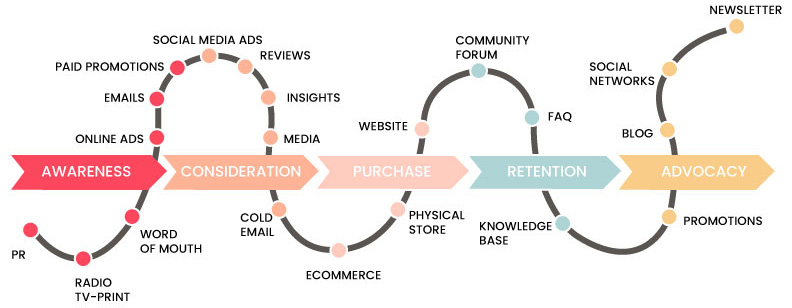
Brands these days are bending backward to make their customer stay interested in their product - But in a competitive world, one can anticipate but not always can manage to stay in limelight. Customer’s feelings can move from ‘Excited’ to ‘Happy’ to ‘Apathy’ and fall to ‘Disappointment’ in no time. But the reason is not always clear. Well, at least not to those who do not have access to 360° insights.
Before we go any further, let me clarify the three terms that are often interchangeably used by media to describe the same context. They are – Customer Service, Customer Experience, and User Experience.
Customer Service helping the customer by answering their questions. These questions could be asked before or after the purchase. A Customer may bump into a service executive at various levels of the product life cycle and their primary duties can range from ensuring a great buying experience to tutoring how-to-use to troubleshooting when a problem arises. It can be measured in response rate, resolution rate, average reply time, etc. User Experience is a term that gained popularity in the digital world. Even though it is still applicable for physical goods, UX is predominantly used for describing customer’s interaction with an application, tool, or website. Ease of navigation, solution relevance kind of elements determine it. UX can be measured in error rate, clicks to completion, abandonment rate, bounce rate, cost per conversion, etc.
Now, Customer Experience is the sum of all contacts (aforementioned and other ways) by a customer and his/her feeling about it. Customers’ experience with the brand at every touchpoint determines their following up with the brand afterward. All these elements are uniquely different but complement each other in order to improve the loyalty of a customer towards the brand.
Honesty, it is no rocket science these days to track and monitor how a customer feels about the business’ offering. But what will make their experience better and how to achieve it is the discussion today.
Just as every product innovation and development team rightly insists on, ‘Strategy’ is important to define what and how a higher level of customer experience can be achieved. A good CX strategy flows right through the overarching business goals. Customer-centricity cannot be achieved through a CX strategy if it is not a prime objective of the company’s goals. It will clash with the business mission and eventually fail to gain traction or support. While you find common grounds with business objectives, it is also important to identify the customers’ needs and demands. A practical assessment of the customer’s expectations and internal capabilities is a must. Acquiring customer feedback from various channels is one way. But listing the flaws and features your customers did not like and having an open dialogue with front-line employees gives a better insight. This practice shall shape the list of customer experience principles. Every new experience, product, or feature should be reviewed against these principles.
After having a clear and realistic CX vision and listing down the CX principles, it will be time to identify strategic priorities and their key enablers. The enablers are anything that will help the teams focus on the immediate initiative. For example, a one-stop dashboard, governance system, employee engagement, or upskilling programs. A continuous feedback loop will be in place so, the leaders who act as CX transformation agents should guide the ad-hoc activities to bring order to chaos. Though the framework is narrated from top tier to bottom, the enablers act as a foundation for the whole CX efforts. Have a look at its pictorial representation.

Let us look at the key aspects that drive successful Customer Experience.
Culture
We just talked about how well-aligned Business objectives can accelerate the CX strategy. Similarly, customer-centricity can be achieved faster through employee-centricity. Every initiative will be pursued as a unified force-of-nature. Constant internal, as well as external marketing, helps. Internal marketing should promote the benefits of great customer experience to keep the workforces motivated. The external marketing should focus on informing consumers what kind of experiences they can expect in the immediate next improvements. A mismatch between customer expectation and delivered value will result in an unhappy customer. Tweaking a successful entrepreneur saying - ‘Stimulate your employees enough and they’ll take care of your customers.
Customer Touch Points
Whether a human-interactive one or a digital one, a customer touchpoint is an instance where the customer would form a long-lasting impression (good or bad) of the brand. Digital-age customers do not like touchpoints being isolated. They prefer an omnichannel experience that creates integrated communication. Many businesses have learned it the hard way in the last few years.
Periodical assessments to discover weak links, strong points, and even finding opportunities to create new kinds of touchpoints will all help businesses to improve the customer experience. An internal culture that has matured beyond hierarchies and broke departmental silos can foster such practices. It is an operational as well as a cultural shift.
Customer Journey and Insights
Today’s multi-touchpoint, multichannel, always-on, hypercompetitive consumer markets, the average customer interacts with various touchpoints like the product customer service, sales staff, marketing material, and virtual assistants. But capturing or focussing on only one touchpoint will lead to a siloed database that will be far away from the unified bigger picture AKA omnichannel monitoring. So, the company should wear a wire throughout the customer’s journey and capture the intel.

Packaging
An ideal product packaging should elevate all semantics (ergonomic, technical, and communicative) and communicate the brand’s message.
With the growing complexities of applications and customer touchpoints, the customer’s first moment of truth may go wrong. This applies to both the service and product sectors. The combination of functions, information, and features should entice the customer to take a positive decision. We often assume the Packaging is a two-dimensional concept – quality and quantity. But there is a third dimension, speed. End of the day, those who could parcel something reliable fast and release faster wins.
A growing number of organizations use quality management as a strategic foundation for generating a competitive advantage and improving firm performance. Our experts say a good way to look at 98% reliability rate is 2% error. Wondering how to put together a tailor-made customer experience strategy for your business? Get in touch with us : info@qentelli.com

